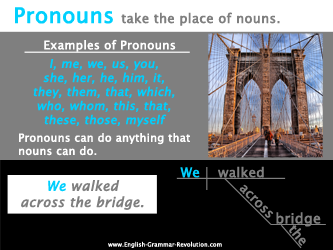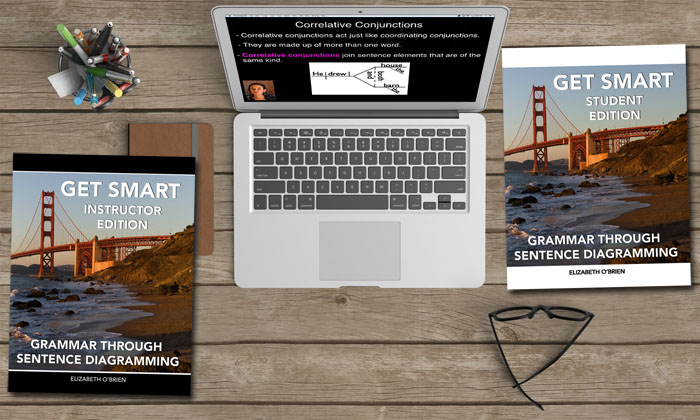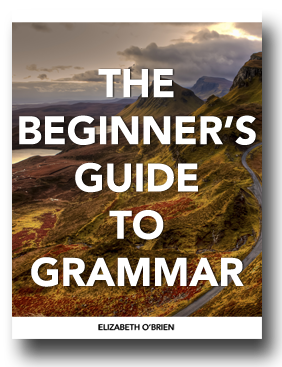Download your free grammar guide here.
Download your free grammar guide here.
What are indefinite pronouns?
What are indefinite pronouns?
- Home
- Parts of Speech
- Pronouns
- Indefinite Pronouns
Before we tackle the subject of indefinite pronouns, let's be sure that you have a firm grasp of pronouns, shall we?

Pronouns are words that take the place of nouns. Did you already know that? Okay, here we go.
Indefinite pronouns do not refer to a definite
or specific person or thing.
The prefix in- comes from Latin, and it means not. Knowing that can help you remember that they do not refer to something definite.
They still fit the definition of a pronoun, though. That means that they take the place of nouns.
Here are some examples.
each, everything, one, everyone, someone,
anything, both, many, several, few, all, most, none, some, much
Antecedents?
Antecedents are the words that pronouns refer to, and these pronouns do not usually have antecedents.
Both of the girls ran through the park.
Both does not have any word that it is referring back to. So, it has no antecedent.
Someone gave me a gift.
Someone is not referring to any other word in the sentence. This means that it has no antecedent.
But there are exceptions!
Here is an example of an indefinite pronoun used with an antecedent. Notice that the antecedent comes one sentence before the pronoun.
The students cheered. Some even threw confetti.
The pronoun some is referring to the noun students. This means that students is its antecedent.
Indefinite Pronouns As Adjectives
When these pronouns are used right before nouns, they are actually acting as adjectives, not pronouns. How do you like that?!
Remember that pronouns take the place of nouns and adjectives describe nouns.
Both flowers are lovely.
Both is telling us about the subject, flowers. It is not taking the place of flowers. It is modifying it. Because of this, it is acting as an adjective.
But we could say...
Both of the flowers are lovely.
And then, both would be acting as an indefinite pronoun.
In this sentence, flowers is acting as the object of the preposition, and both is not modifying it. That means that the pronoun both is the subject, and it has no antecedent.
Start Basic Sentence Diagramming!
Sentence diagramming is a way to show how the words in a sentence are related. Learning diagramming will help you to learn grammar, and you might be surprised to find out that it's kind of fun, too.

If you'd like to teach or learn grammar the easy way—with sentence diagrams—check out our Get Smart Grammar Program.
It starts from the very beginning and teaches you grammar and sentence diagramming in easy, bite-size lessons.

Hello! I'm Elizabeth O'Brien, and my goal is to get you jazzed about grammar.
I ordered your complete set of courses and books. I am extremely pleased with the thoroughness of the materials, and I really like your videos.
- Rodney
This is original content from https://www.english-grammar-revolution.com/indefinite-pronouns.html
Our Free Guide Gives You A Fun Way
To Teach And Learn The Basics v

Elizabeth O'Brien is the creator of Grammar Revolution.
Her lessons are guaranteed to give you more confidence in your communication skills and make you smile. :)

